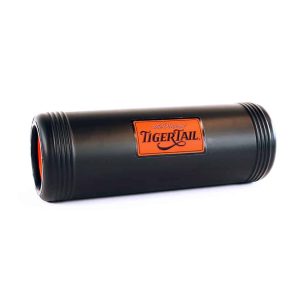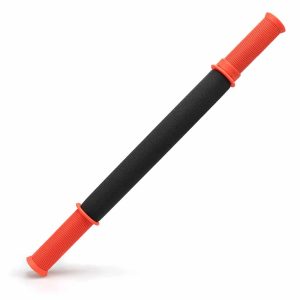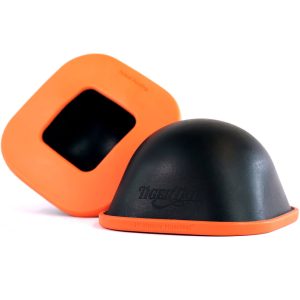Glute Pain
Pain the glutes or buttock area can cause pain similar to sciatica or shooting pain leg. There are many muscles that contribute to glute pain. The smaller glute muscles are located on the side of the hip joint. Knot spots in these muscles can mimic sciatica-like symptoms which is often described as pain running down the back of the leg. Pain in the glutes or buttock area can also be related to the hamstrings. (See Hamstring Pain).

Causes
Sitting too long: Prolonged sitting can cause glute pain by leading to a condition known as “gluteal amnesia” or “dead butt syndrome.” When the gluteal muscles remain in a lengthened, inactive state, they can become weak and stop firing properly. This forces other muscles, like the hamstrings and lower back, to overcompensate, leading to muscle imbalances and referred pain. The sustained pressure on the buttocks while sitting can also create muscle knots, which cause deep, aching discomfort in the glutes and surrounding areas.
Worn-out shoes: This can significantly contribute to foot and toe pain by altering your natural running and walking patterns. As the cushioning and support break down, your foot and ankle must work harder to absorb impact and maintain body stability. This extra effort can lead to the overuse of muscles in the calf and foot, promoting the development of painful muscle knots. These knots not only cause localized pain but can also lead to instability and referred pain patterns, making you more susceptible to ankle sprains and chronic discomfort.
Tight muscles in the glute and hip area: Tight muscles in the glute and hip area can cause significant pain due to their interconnectedness and influence on body mechanics. When muscles like the gluteus medius, piriformis, or hip flexors become tense and develop muscle knots, they can refer pain to the lower back, hips, and even down the leg. This tightness can also pull the pelvis out of alignment, leading to muscle imbalances that strain other areas and cause deep, aching discomfort.



I Feel
Buttock Pain
That deep, achy pain in your buttock that makes sitting uncomfortable is often caused by muscle knots in the large buttock muscle, the gluteus maximus. The pain from these muscle knots is typically felt as a deep, dull ache that spreads across the entire buttock and can radiate down into the back of the thigh, sometimes resembling a persistent throb that won’t subside, which can be mistaken for sciatica, piriformis syndrome, or sacroiliac joint dysfunction. This type of discomfort is frequently associated with overuse from repetitive activities such as running uphill, climbing stairs, squatting or lunging exercises, cycling, or prolonged sitting (especially on hard surfaces) that compresses the muscle. The muscle tissue throughout the gluteus maximus is often tender and feels dense or knotted when pressed. The hip will feel tight and restricted – like you can’t fully extend your leg or get a good push-off when walking or running, making it difficult to generate power from your glutes.
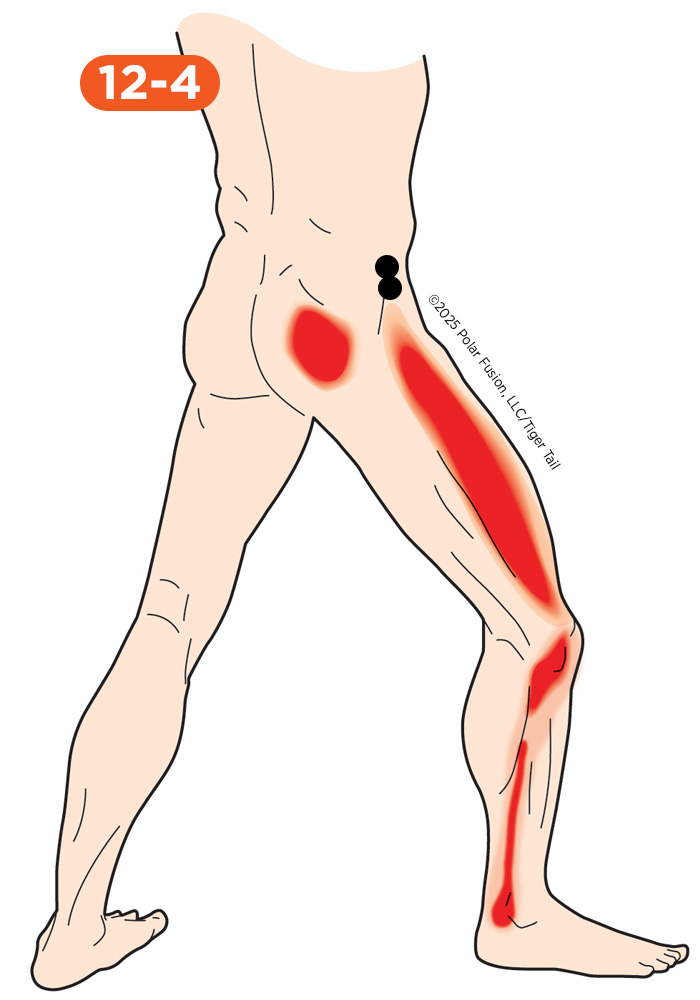
I Feel
Side of Leg Pain
That sharp, burning pain running down the side of your leg that feels like it could be nerve-related is often caused by muscle knots in the outer hip muscle, the anterior portion of the gluteus minimus. The pain from these muscle knots is often felt as a sharp, shooting ache that travels from the side of your hip down the outer thigh and sometimes all the way to the ankle, creating a band-like sensation of pain along the entire side of your leg, which can be mistaken for sciatica or IT band syndrome. This type of discomfort is frequently associated with overuse from repetitive activities such as running (especially on cambered roads or tracks), standing with your weight shifted to one leg, crossing your legs when sitting, sleeping on your side without proper support, or doing exercises that require single-leg balance. The muscle deep in the side of your hip (you’ll need to press firmly into the area just below and in front of your hip bone) will often be extremely tender and feel like a tight knot, and your hip will feel weak and unstable.
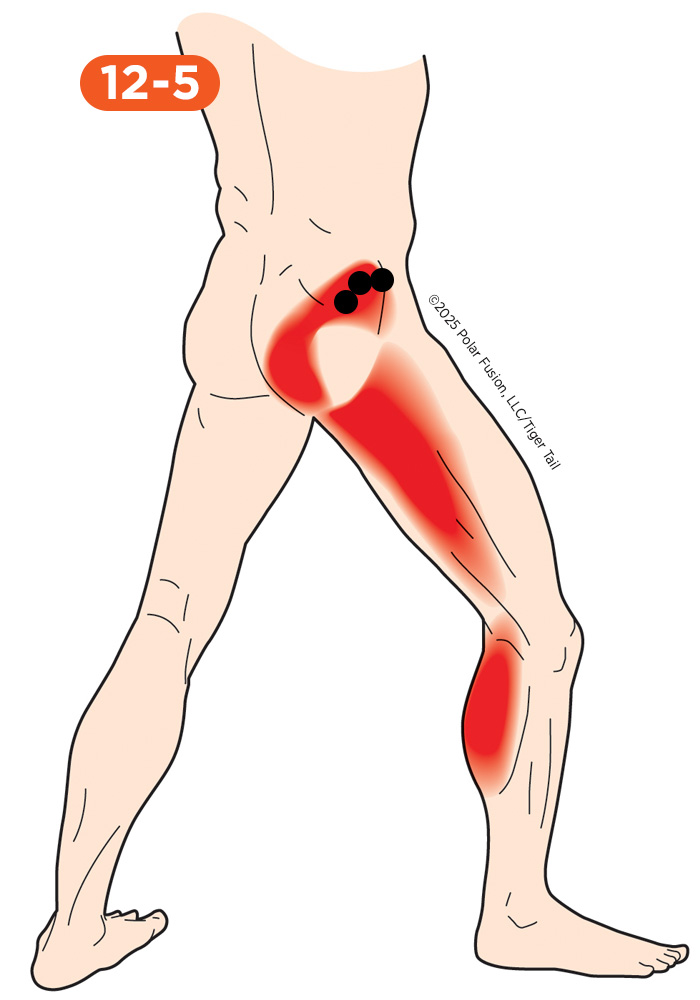
I Feel
Sciatica Symptoms
The pain that feels like a nerve being pinched and runs down your leg is often caused by severe muscle knots in the back part of the hip, specifically the posterior portion of the gluteus minimus. The discomfort usually focuses deep in the buttocks near the hip bone and feels like a sharp, burning tingle that can run along the back of the thigh and past the knee. You’ll find that the pain worsens when you’re doing movements that stretch the buttocks, such as sitting on a wallet, bending over to pick something up, or climbing stairs. Because the tight muscle is near the nerve pathway, its knotting can easily mimic deeper nerve issues, like true sciatica or piriformis syndrome. The tissue deep in the side of the buttocks is sensitive to pressure, causing the hip to feel restricted and painful whenever you move the leg.

I Feel
Glute Pain
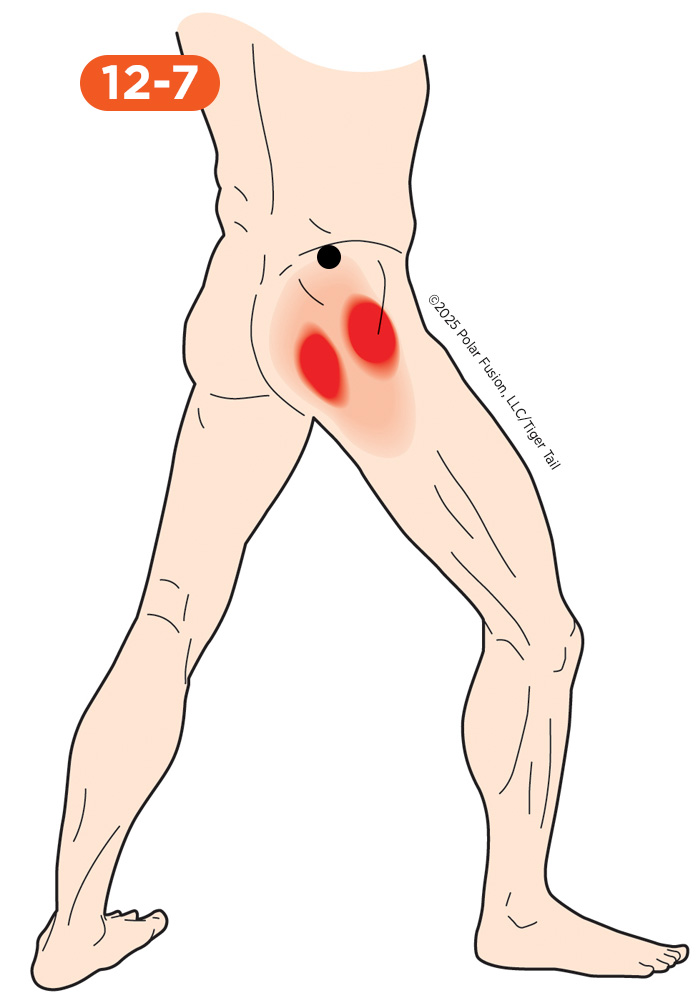
I Feel
Side of Glute Pain
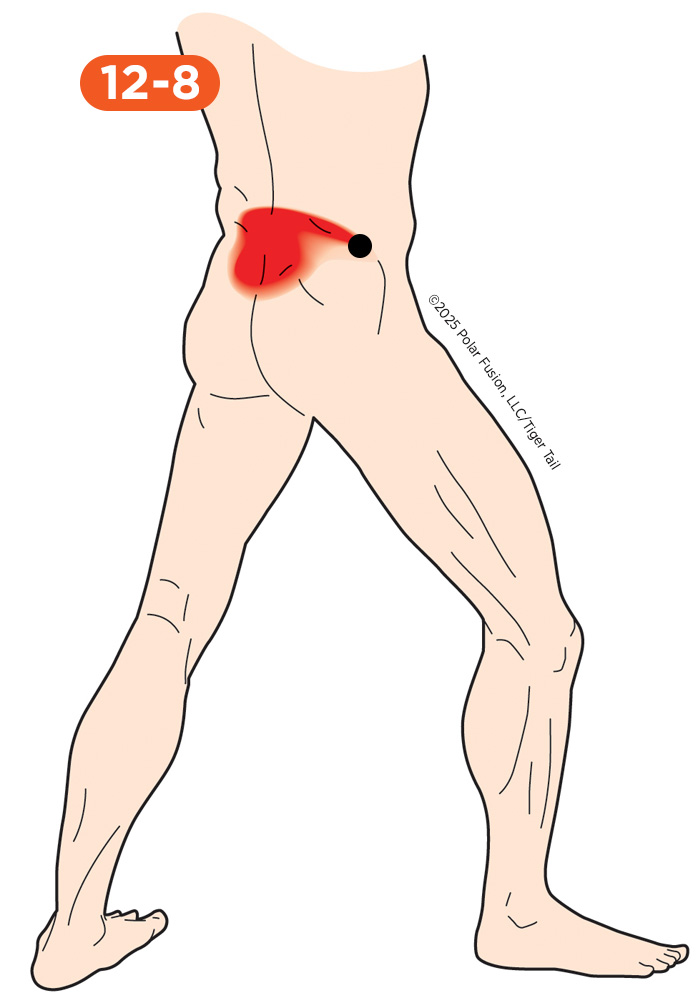
I Feel
Sciatica Symptoms
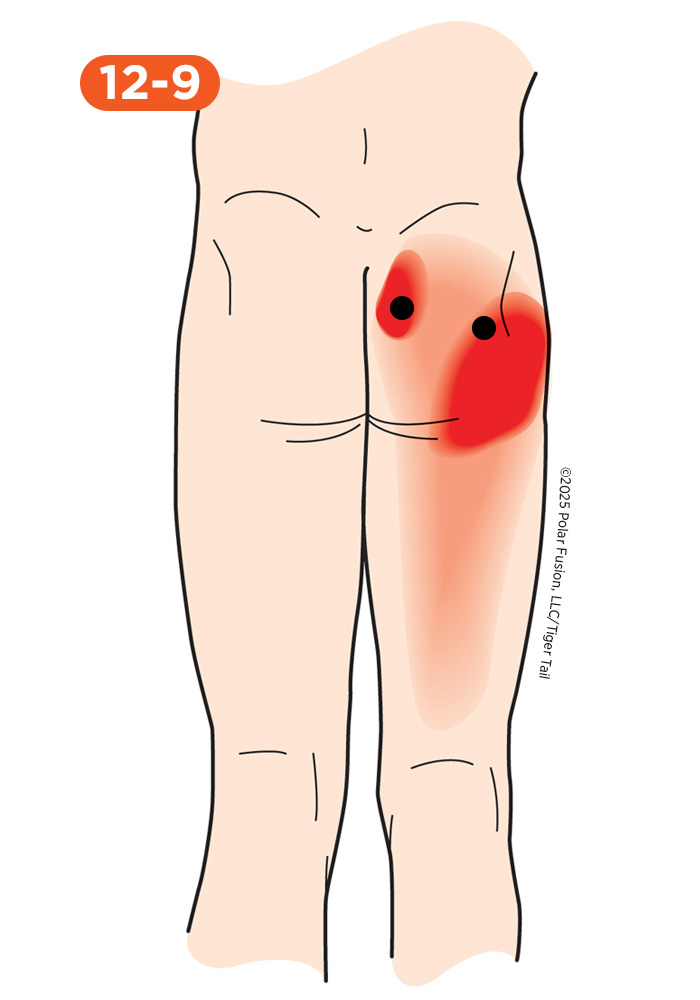
I Feel
Sciatica Symptoms
The shooting pain down the back of your leg that feels exactly like sciatica is often caused by muscle knots in a small but powerful muscle deep in your buttock, the piriformis. The pain from these muscle knots is often experienced as a sharp, burning ache that begins deep in the buttock and radiates down the back of the thigh, sometimes extending all the way to the calf and foot, creating a shooting or tingling sensation that mimics nerve pain. This can be mistaken for lumbar disc herniation, true sciatica from spinal nerve compression, or sacroiliac joint dysfunction. This type of discomfort is frequently linked to overuse from repetitive activities such as running (especially on uneven surfaces), prolonged sitting (particularly with a wallet in your back pocket), driving long distances, habitual leg crossing, or exercises involving hip rotation, like certain yoga poses. The piriformis muscle deep in the center of your buttock often feels extremely tender and like a tight, knotted band, with your hip feeling restricted and painful.
Piriformis Syndrome
When you’re experiencing the classic symptoms of Piriformis Syndrome, the cause is almost always deep, persistent muscle knots in the deep glute, the piriformis muscle, which compresses the sciatic nerve. The pain usually concentrates deep in the center of the buttock, presenting as a sharp, intense burning or numbness that radiates along the back of the leg and calf. You’ll notice the pain worsens during activities that rotate the hip outward, such as sitting with your legs crossed, squatting to lift something, or sitting for extended periods (like during a flight). Since the tight piriformis muscle directly irritates the sciatic nerve, its knotting is the primary factor that mimics a low back nerve pinch. The buttock tissue is sensitive to pressure, causing the entire hip and leg to feel stiff and restricted, which limits both internal and external hip rotation.
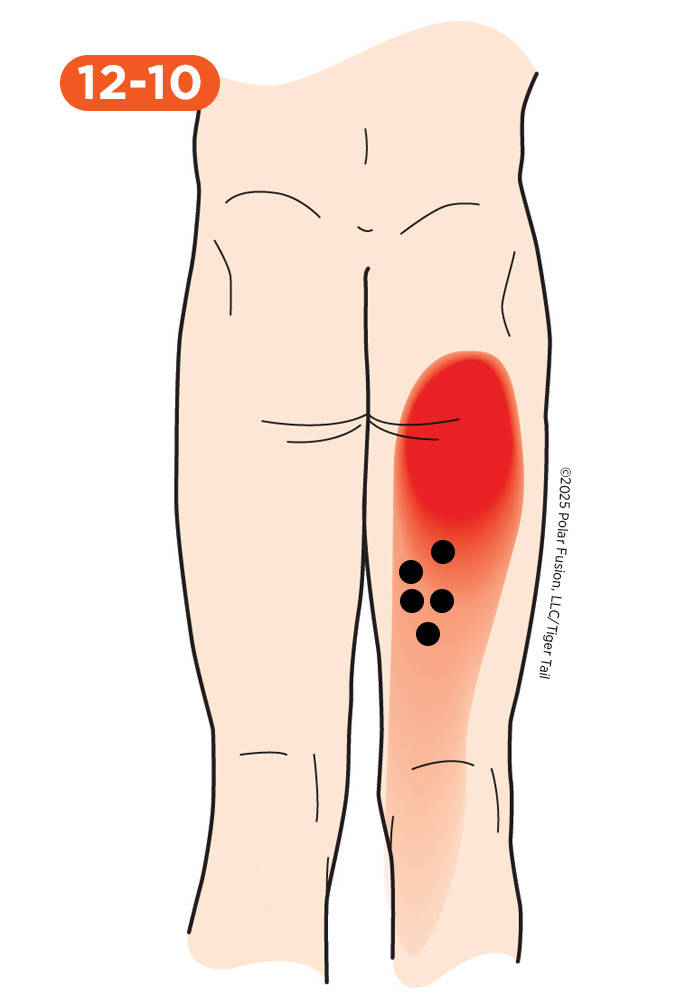
I Feel
Sciatica Symptoms
The confusing pain that feels exactly like a nerve issue running down your leg can be caused by muscle knots in the inner hamstrings, specifically the semitendinosus, which can mimic sciatica. The discomfort usually focuses deep in the inner thigh and buttock, presenting as a deep, burning ache that can extend along the back of the knee and inner calf. You’ll notice the pain worsens during activities that stretch the back of the leg, such as bending over to touch your toes, sitting with your leg straight out, or deep hip flexion. Because the tightness refers pain along the leg’s nerve pathway, its knotting can easily resemble more serious issues like true sciatica or piriformis syndrome.
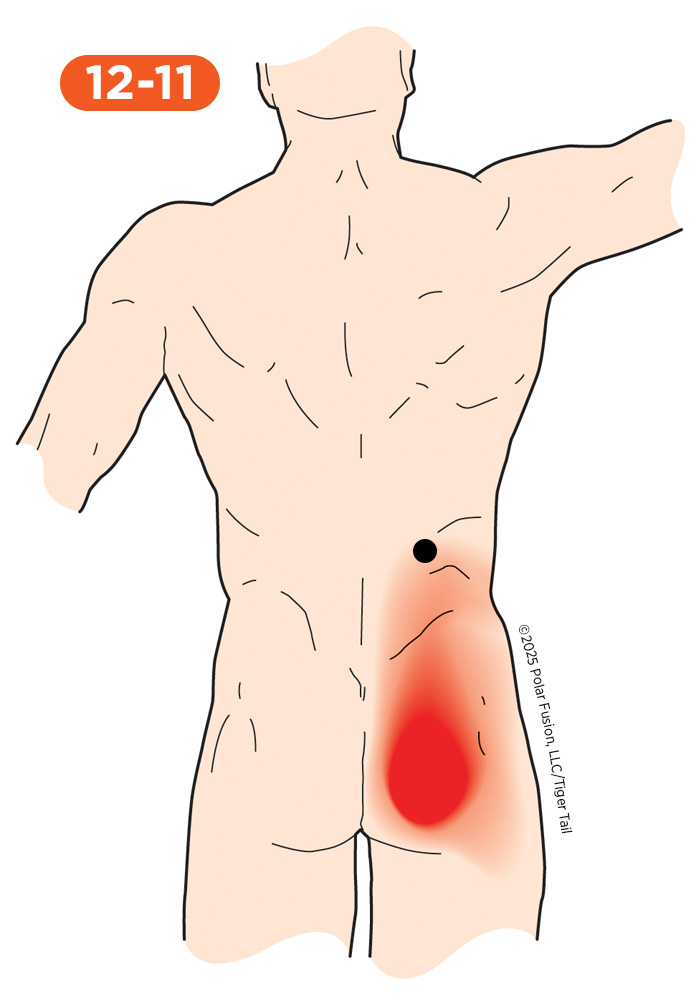
I Feel
Buttock Pain
When you experience unexplained buttock pain that doesn’t improve with stretching your glutes, it may be referred pain from tight muscle knots in the deep low back muscle, the iliocostalis lumborum. The discomfort typically centers across the lower buttock and hip, presenting as a deep, constant ache that makes sitting very uncomfortable. You may notice the pain worsens significantly during activities that load the back, such as lifting heavy objects, sitting or standing for extended periods, or bending forward. Since this muscle helps stabilize the spine, its knotting can easily mimic more serious issues, like sacroiliac (SI) joint dysfunction or a hamstring origin strain. The deep muscle tissue in the low back can leave your pelvis feeling stiff and restricted, limiting comfortable movement of your hips.

I Feel
Glute Pain
Suppose you’re dealing with chronic glute pain that seems resistant to treatment. In that case, the source might be referred pain originating from stubborn muscle knots in the long muscle running up the middle of your back, the longissimus thoracis. The discomfort typically concentrates across the upper buttock and hip, presenting as a dull, deep throbbing ache that feels widespread and difficult to locate. You may notice that the pain worsens during forceful extension, such as standing up quickly, carrying a backpack, or working with your arms overhead. Since this muscle helps maintain an upright posture, its knotting can easily mimic deeper issues, such as greater trochanteric bursitis or hip joint arthritis. The muscles deep in the middle and upper lower back can cause your torso to feel restricted, limiting your ability to move freely.
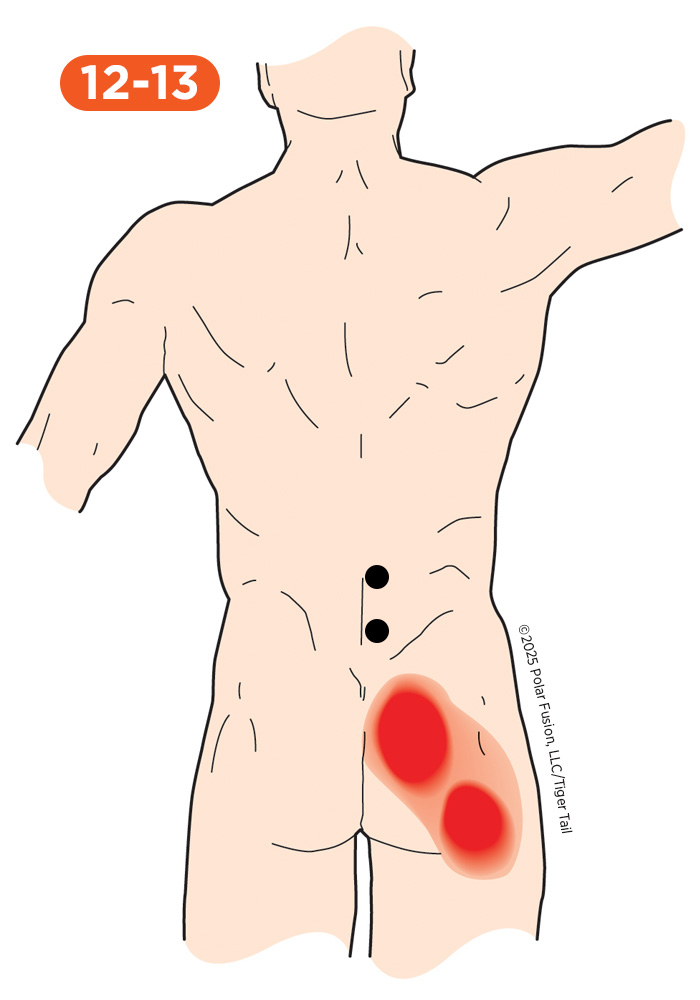
I Feel
Sciatica Symptoms
That severe pain radiating into your hip and buttock, which feels exactly like sciatica, is often caused by muscle knots in a deep back muscle called the quadratus lumborum (QL). The pain from these muscle knots usually presents as a sharp, intense pulling ache high in the buttock and side hip, which can radiate down along the back of the hip and into the groin area. This creates a deep, nerve-like sensation that mimics true sciatica and can be mistaken for herniated disc, sacroiliac (SI) joint dysfunction, or lumbar nerve root compression. Such discomfort is often linked to overuse from repetitive activities like lateral bending movements, turning over in bed, reaching sideways, walking long distances, standing with your weight shifted to one side, or sitting in twisted positions. The muscle deep in your flank and lower back often feels tight and contracted, and your entire pelvis may feel guarded and restricted—like you can’t rotate your trunk comfortably or bend to the side without experiencing sharp, shooting pain.

